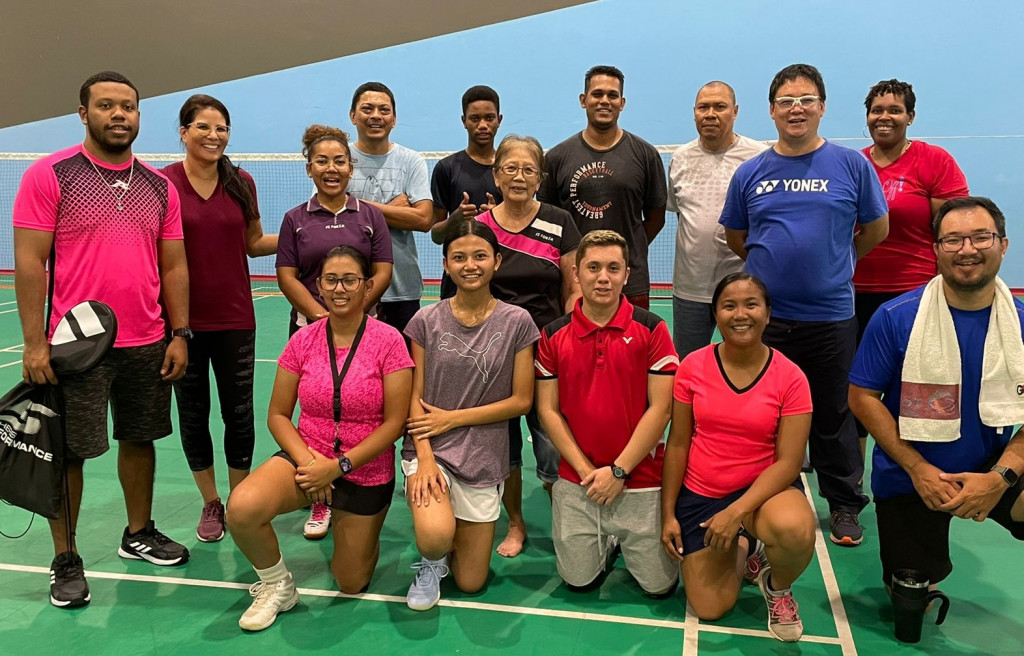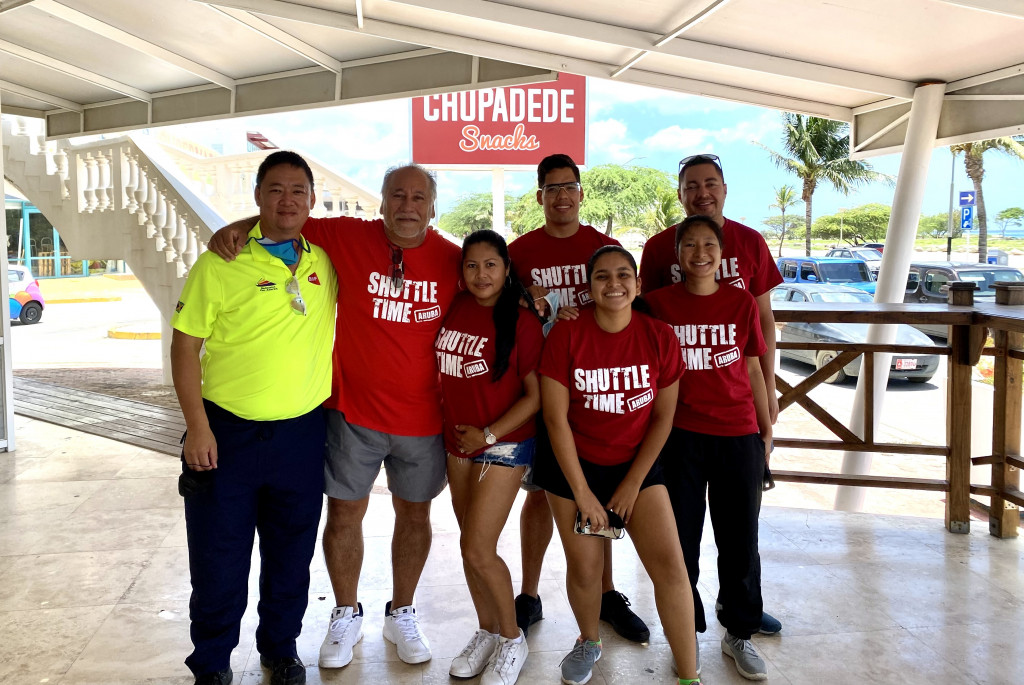This is the 41st story in our Humans of Shuttle Time series, in which we present the perspectives of those who work on badminton development at the grassroots level. Shuttle Time Tutor Richard Gregory Wong talks about his eventful badminton journey in Jamaica.
Childhood Days
I was born and grew up in Jamaica. My father was from China and moved to Jamaica as a young boy. My mother is a Jamaican-born Chinese. My parents were managers in a family-owned supermarket, so I spent a good deal of my life there. I wasn’t really involved in sports until my latter years in high school.
Changing Impressions
My earliest recollection of badminton was through an uncle, who used to play badminton competitively. I didn’t know much about it then and wasn’t really interested at that point. During high school too I wasn’t interested in the sport, it was just something to do.
First Impressions
My family and friends used to play outdoors in the nights, when it wasn’t too breezy. I was probably around 14 or 15 years old at the time. It was something fun to do with my family and some friends, and it was similar to tennis, which I used to play at the time.
When I started playing badminton more seriously a few years later, what struck me about it was the power and the speed of the game when watching some of the top players in Jamaica. It was a lot faster than the tennis I used to play.

Shuttle Time participants in Jamaica.
Deep Association
By the time I was 19, I used to go to the badminton hall in the nights, after work. If I could rent a court I would, but if I couldn’t, I would just sit in the stands and watch others play. I fell in love with the sport and shortly after I met friends who played and trained on the national team. After training, I would trade them a drive to Burger King for some time on court doing their training drills.
A Mentor Comes Along
After about a year, I was still in D division, but asked a friend who was in B division, if he would play A division doubles with me. First round we played against Dr.Kingsley Ford (now my coach) and his partner Paul Leyow, the No.1 pair in the island. After we lost the match, Kingsley came over to me and began to tell me everything I had done wrong in the match. I then asked him if he would train me. After about four months of probation, I was able to train with the national team. After about a year, I started assisting him with the training of the national team. Kingsley is part of the reason I have been in badminton so long, and why I give back so much to the sport. He gave, and continues to give, to the sport without asking for payment. I learned a lot from him and now I want to give back all that I can give.
What Badminton Means
Badminton is a huge part of my life now. I still coach and I still am involved in coaches’ education. I also string rackets for some of the top players in Jamaica. I am contracted by one of the local sports stores to string rackets. I do whatever I can to help build the sport and although sometimes very tiring, I still enjoy it.

Shuttle Time participants in Jamaica.
Developing Badminton in the Community
Developing badminton around the communities in Jamaica has been a great experience for me. It has introduced me to new people and places, but more importantly I get a sense of satisfaction when introducing it to persons who play other traditional sports, and they now become enthralled by badminton.
Making an Impact
Shuttle Time has made a difference in my region by actively targeting schools and younger children to become involved in badminton. Jamaica has an established way to introduce the sport not only to the kids, but more importantly, to the teachers in the schools who can now ensure that they teach a new set of children every new school year, thereby increasing the exposure of the sport. Badminton is a great sport because it can bridge gaps. Through delivery of the Shuttle Time programme I have explored places in Jamaica and the world, that I probably would not have gone to.
Previous Stories in This Series
Humans of Shuttle Time: Alessandro Redaelli
Humans of Shuttle Time: Veronika Protassova
Humans of Shuttle Time: Robbert De Keijzer
Humans of Shuttle Time: Carolina M Vaughn
Humans of Shuttle Time: Sam Paterson
Humans of Shuttle Time: Deki Tshomo
Humans of Shuttle Time: Hadeel Mohammad Alomari
Humans of Shuttle Time: Daiverson Ferrari Rodrigues
Humans of Shuttle Time: Ammar Awad
Humans of Shuttle Time: Carolin Ruth
Humans of Shuttle Time: Caroline Brial
Humans of Shuttle Time: Danny Ten
Humans of Shuttle Time: Mohlala Mopeli
Humans of Shuttle Time: Tatiana Petrova
Humans of Shuttle Time: Levente Nagy-Szabó
Humans of Shuttle Time: Kumon Tarawa
Humans of Shuttle Time: Didier Nourry
Humans of Shuttle Time: Joseph Devenecia
Humans of Shuttle Time: Su Ying Lau
Humans of Shuttle Time: Erin Walklate
Humans of Shuttle Time: Bukasa Mukoma Marcel
Humans of Shuttle Time: Luis Fernando Montilla
Humans of Shuttle Time: Artur Niyazov
Humans of Shuttle Time: Galkhuu Zulbaatar
Humans of Shuttle Time: Zuzana Rajdugova
Humans of Shuttle Time: Milan Barbir
Humans of Shuttle Time: Nargis Nabieva
Humans of Shuttle Time: Hannes Andersson
Humans of Shuttle Time: Merlie Tolentino
Humans of Shuttle Time: Nikhil Chandra Dhar
Humans of Shuttle Time: Geoffrey Shigoli
Humans of Shuttle Time: Erik Betancourt Luna
Humans of Shuttle Time: Richard Ssali Kaggwa
Humans of Shuttle Time: Azizbek Madjitov
Humans of Shuttle Time: Elie Jean
Humans of Shuttle Time: Danielle Whiteside
Humans of Shuttle Time: Oscar Alejandro Vera Suarez































